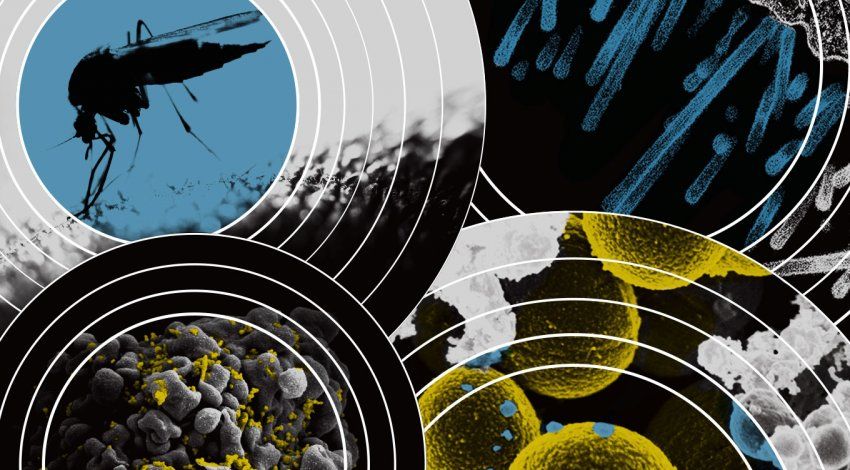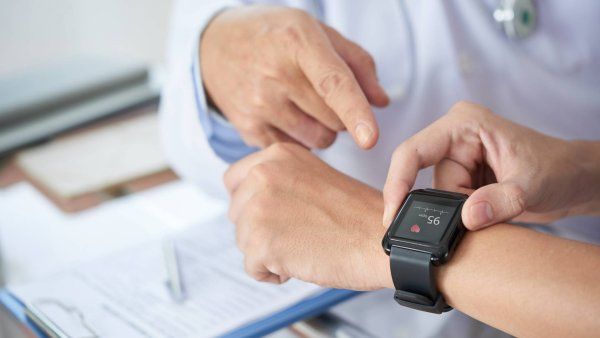

Better Eyes
Customizing vision: Our eyes often take a long, slow slide to a very blurry place: cataracts. Surgeons can replace clouded lenses with artificial ones, but about half the time, people still need glasses to achieve 20/20 vision. Not anymore. Ophthalmologist Daniel Schwartz, MD ’84, partnered with Robert Grubbs, PhD, a Nobel Prize-winning chemist at Caltech, to develop a first-of-its-kind lens that is adjustable with light. Postsurgery, after the eye has healed, doctors beam light into the lens, precisely reshaping it to optimize vision without the need for spectacles. “No one has ever done this before,” says Schwartz, who worked for 20 years on the innovation, which the FDA approved in 2017. “It’s been a challenging technology to develop, but it is very gratifying to see how patients appreciate customization of their lens implant using only light.”
Banishing blindness: Schwartz is also collaborating with Caltech’s Morteza Gharib, PhD, on a device that will bypass scarred corneas, one of the leading causes of blindness in India and Africa. Eye surgeons will put a tiny projector in the patient’s eye. Glasses fitted with a video camera will capture images and send them via Bluetooth to the projector. The projector will focus the images on the retina, allowing the patient to see. The team aims to move from the current prototype to clinical testing in 2021.
Easing glaucoma: Bioengineer Tejal Desai, PhD ’98, is developing a nanostructured device, loaded with at least six months of antiglaucoma drugs, that will be injected into the eye. The drugs will release gradually over time, alleviating the need for thrice-daily eye drops. Her team has already tested the tiny device in animal models, and she hopes clinical trials will begin in a year or two.
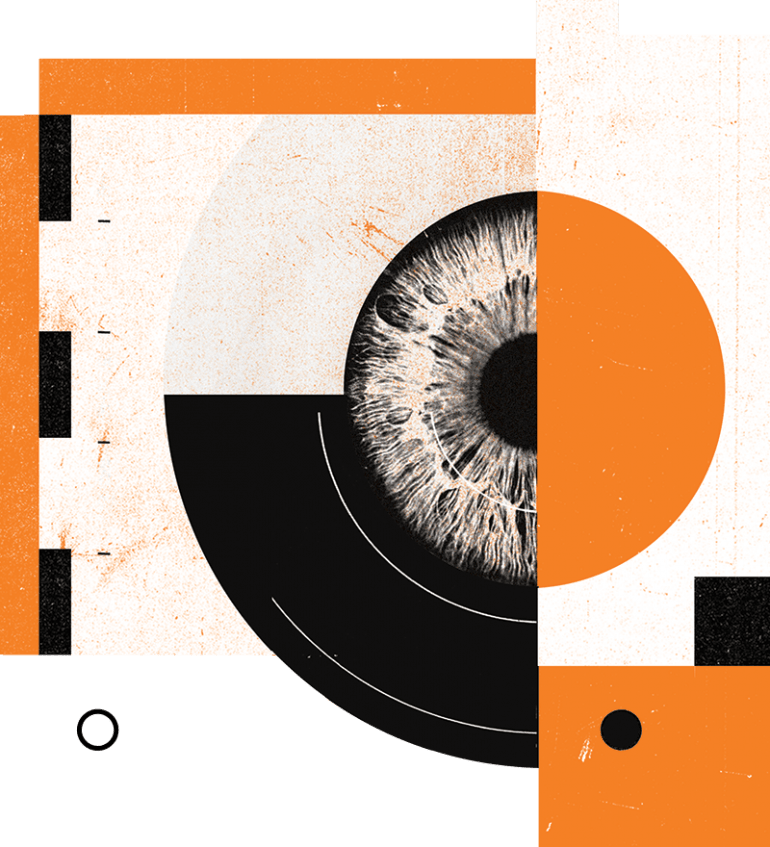
Better Ears

Composing perfect hearing: The human auditory system is an intricate orchestra of tiny bones, canals, tubes, hair cells, and nerves, among other elements. “It’s so sophisticated, it’s hard to believe it works at all,” says neurotologist Charles Limb, MD. Replicating its function artificially has proven remarkably challenging. Even cochlear implants, the best option today for treating severe to profound sensorineural hearing loss, are “badly out of tune,” says Limb. Why? Like hearing aids, they have been designed around a simple goal: perceiving speech. But Limb is turning to music to radically improve the technology. Perceiving music – given its melodies, harmonies, pitches, and tones – is a much more complex goal. “If you can hear music well, you should be able to hear anything well,” the avid jazz lover explains. An evolutionary leap in technology could finally lead to a long-sought dream: perfect hearing restoration.
Beyond hardware: “In the next few years, I think we’re going to come up with a medical treatment for hearing loss,” Limb says. “We’re going to crack the nut of regeneration or find some way to bring dead [auditory] hair cells back to life.”
Better Mouths
Improving the body’s gateway: Move over, toothbrush. The microbiome just may become dentistry’s most potent weapon. “The oral cavity seeds many parts of our body,” says orofacial scientist Yvonne Kapila, DDS, PhD. Every time we brush our teeth, we dislodge bacteria that can then travel to distant places – our brain, arteries, intestines – where they can set up shop and wreak havoc in those who are susceptible. Studies have linked oral bacteria to Alzheimer’s disease, colon cancer, diabetes, and other health issues. And many of us suffer from oral bacteria’s home-turf shenanigans: cavities and gum disease. Kapila wants to tame the bad actors (but keep the good ones) in our mouth’s microbiome. She’s found a way to thwart those that cause periodontal disease in mice: probiotics. “We don’t want to wipe out all bacteria,” she explains, “just change the members of the party.” Probiotics, she says, “could alter the landscape of how we treat and prevent oral diseases.”
Enhancing orthodontia: Orthodontist Sneha Oberoi, DDS, MS, and her bioengineering colleagues are getting smart with retainers. They built a Bluetooth-enabled Hawley retainer that monitors the amount of time someone is wearing their device (watch out, teens) and a smart phone application that allows orthodontists to track patient compliance and reach out to patients before treatment has relapsed. The device and application will undergo clinical testing in the near future.
Growing teeth: Rodents can regrow teeth so why can’t we? Geneticist Ophir Klein, MD, PhD, is aiming to find out by studying how stem cells organize and communicate with one another in the womb to grow teeth. He hopes to isolate the mechanism that spurs regrowth in other organs, like skin, so that he can turn it on for teeth.
Better Muscles
Maintaining muscle might: Popeye had his spinach; someday we may have a pill to keep us strong to the finish. Today, though, the sad reality is that our muscles decline as we age. This wasting occurs mostly because the stem cells that maintain and repair our muscle fibers dwindle and lose their function. Molecular biologist Andrew Brack, PhD, is aiming to prevent this from happening – or even reverse it. He and other scientists have shown that exposing aged human muscle cells to young blood boosts their function. Brack’s lab is seeking to identify the factors that rejuvenate the muscle stem cells and those that inhibit their repair mechanisms. These naturally occurring molecules can be made into a nontoxic drug that would stop or even turn back muscle weakening. “My dream is that in 2050, most 70-year-olds can run a marathon if they want to,” he says.
Our muscles also atrophy with injury – and to add insult, they turn into fat. Orthopaedic surgeon Brian Feeley, MD, has discovered specific populations of stem cells within rotator cuff muscles that have a high number of so-called fibroadipoprogenitor cells (FAPs). When someone suffers a torn rotator cuff, FAPs turn into degenerative white fat, or fibrotic tissue. But Feeley has found a way to turn this white fat into a more metabolically active beige fat, which secretes factors that stimulate muscles to regenerate. The future therapeutic upshot? Far faster recovery from injuries, surgeries, low-back problems, and other situations that cause muscles to deteriorate.
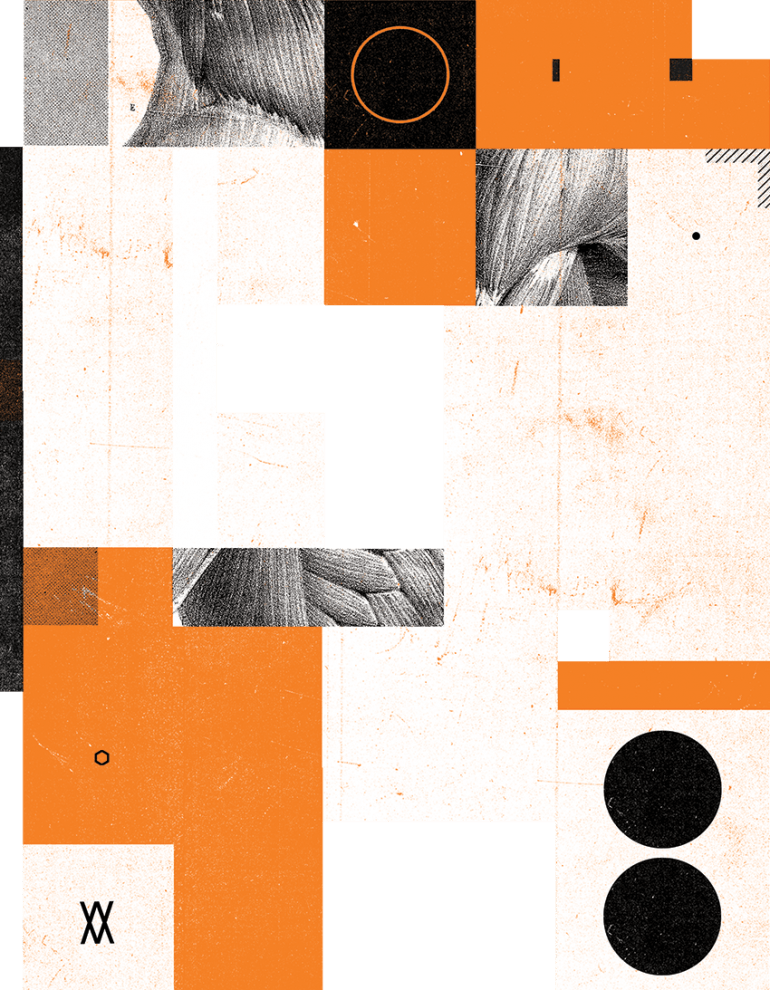
Better Joints
Tapping bone secrets: Skeletons, rise up! We’re going to learn that the skeleton is as “essential to our health as our nervous system is,” predicts cell biologist Tamara Alliston, PhD. Why? Deep in our bones are cells called osteocytes that make up a vast network, stretching from our head to our toes, just like nerves. Alliston has discovered that these cells influence the health of our joints – specifically, that their function is suppressed in human arthritis.
Finding how to turn that function back on could lead to a much-needed new treatment for the disease, or even to drugs that could prevent arthritis from developing. But this finding may reveal only a trace of our skeleton’s power. “We’ve mostly thought of our bones as this mechanical tissue that helps get us around,” Alliston says. “I think we’re going to have a much deeper appreciation of what they can do to support our systemic health.”
Better Organs
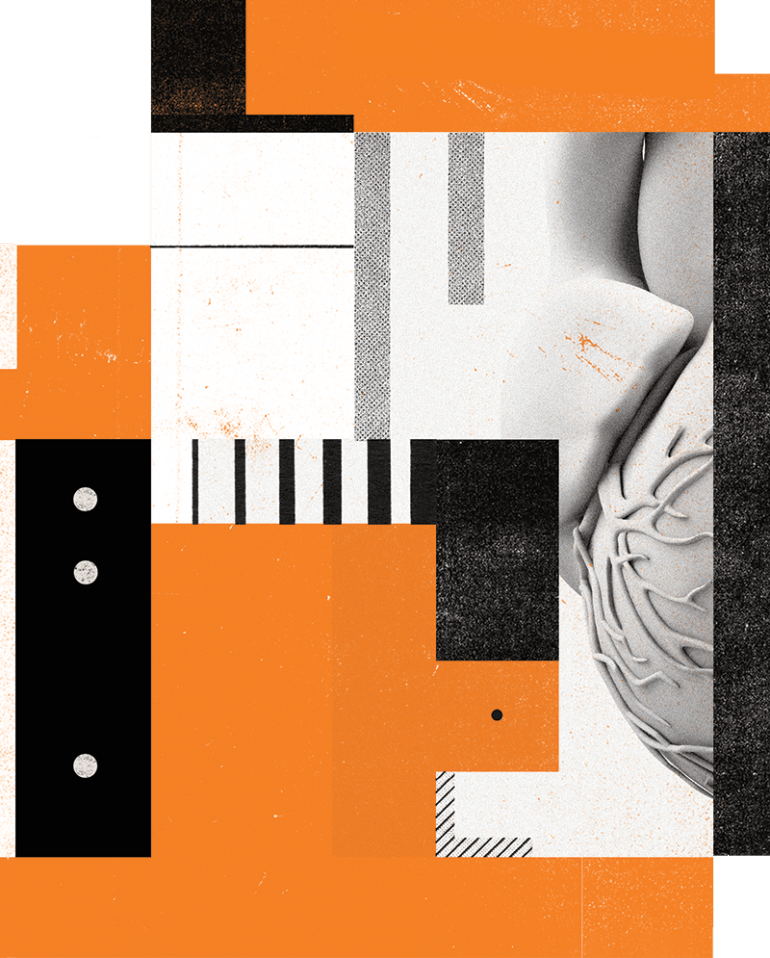
Creating organs on demand: Forget agonizing waits for donor organs, which may be too big, too small, or not compatible. In the future, scientists will be able to grow or print organs customized for each patient’s genetics, age, and size. They may also be able to integrate the organs with nanotechnology and wireless communication to monitor their function and transmit performance data to the patient’s health care team. So envisions Shuvo Roy, PhD, a scientist who works at the convergence of biology and engineering. Roy and his team are paving the way to this future by creating the world’s first bionic kidney. The coffee-cup-size device includes a silicon nanotechnology-based filter to cleanse the blood, while living kidney cells grown in a bioreactor perform the other functions of a natural kidney. Patients with these bioartificial kidneys, which screen the body’s immune cells, won’t need immunosuppressant drugs, and such transplants will cost far less than hemodialysis in a dedicated dialysis center. Roy is striving to have the device ready for the first patients in just five years.
Other scientists are creating engineered organs to better understand why our own organs fail. Cardiologist Roselle Abraham, MD, is working on 3D-printing a piece of a heart that can actually beat to decipher why heart cells go awry in the most common hereditary form of heart disease – hypertrophic cardiomyopathy. Young athletes who suddenly drop dead while working out usually suffer from this devastating illness. Using engineered cells, researchers are working on creating an environment that mimics the complex architecture of a human heart. Once the cells mature into the slice of miniheart, researchers can study the mechanisms that cause heart thickening and scarring in humans. “We’re just at the beginning of this journey,” Abraham says, “but my goal is to be able to design personalized diagnostic tests and therapies for each family with hypertrophic cardiomyopathy,” whether the specific mutation responsible for the disease in that family is known or not.
Better Limbs
Blasting beyond bionic limbs: Imagine having prosthetic legs but still being able to feel the grass beneath your feet. Or telling your artificial knee to bend using your thoughts alone. Welcome to a cybernetic future, where biomechatronic limbs will communicate with the human brain. “It’s space-age, futuristic thinking,” says Richard O’Donnell, MD, an orthopaedic surgeon who is leading UCSF’s Musculoskeletal Research Consortium. “We are using titanium, bone-anchored, percutaneous implants and advanced plastic surgery techniques to amplify nerve signals,” explains O’Donnell. Those signals “are then decoded with sophisticated algorithms to control prosthetic movement and transmit sensory feedback from the external environment. We’re asking,” he continues, “‘Can we help otherwise “disabled” amputee patients become not only able-bodied but even supra-able? Can we leverage what we learn with this brain-computer interface technology to cure paralysis? Can we engineer limbs that are stronger and smarter, capable of withstanding the rigors of aging and even long-term deep space travel?’ That’s our 30-year vision.”
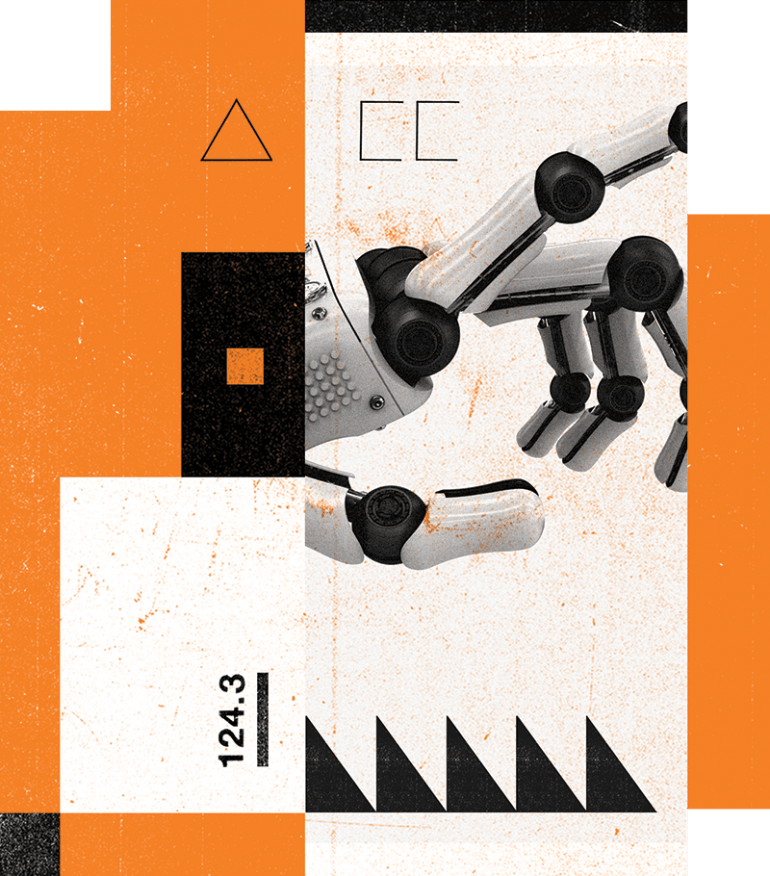
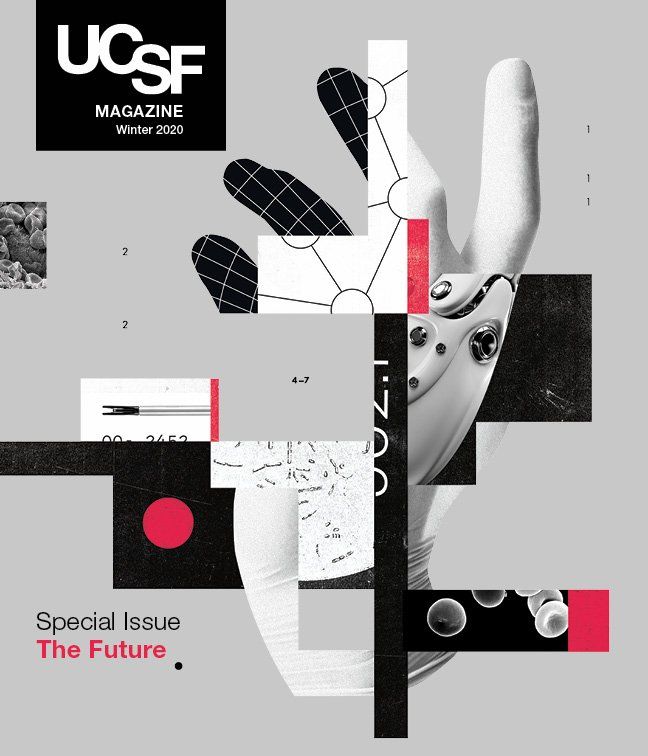
UCSF Magazine
Dive into the future of health in this special issue of UCSF Magazine.


